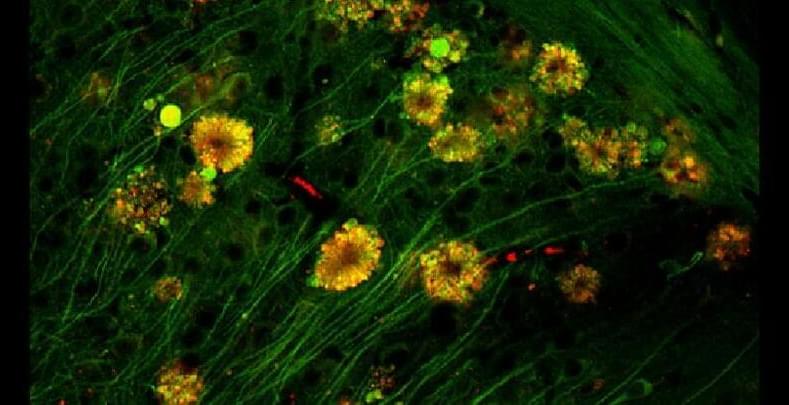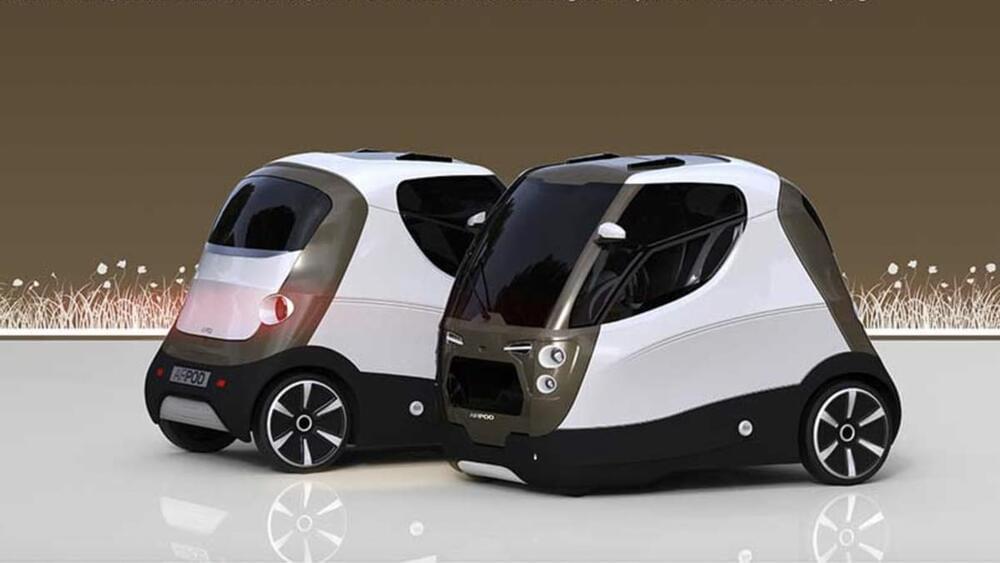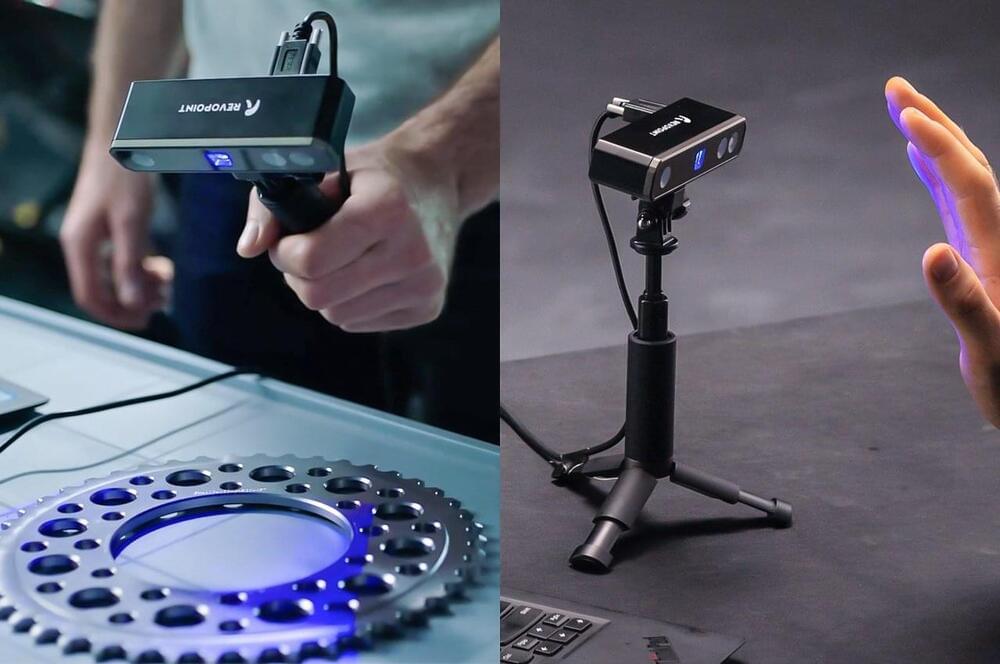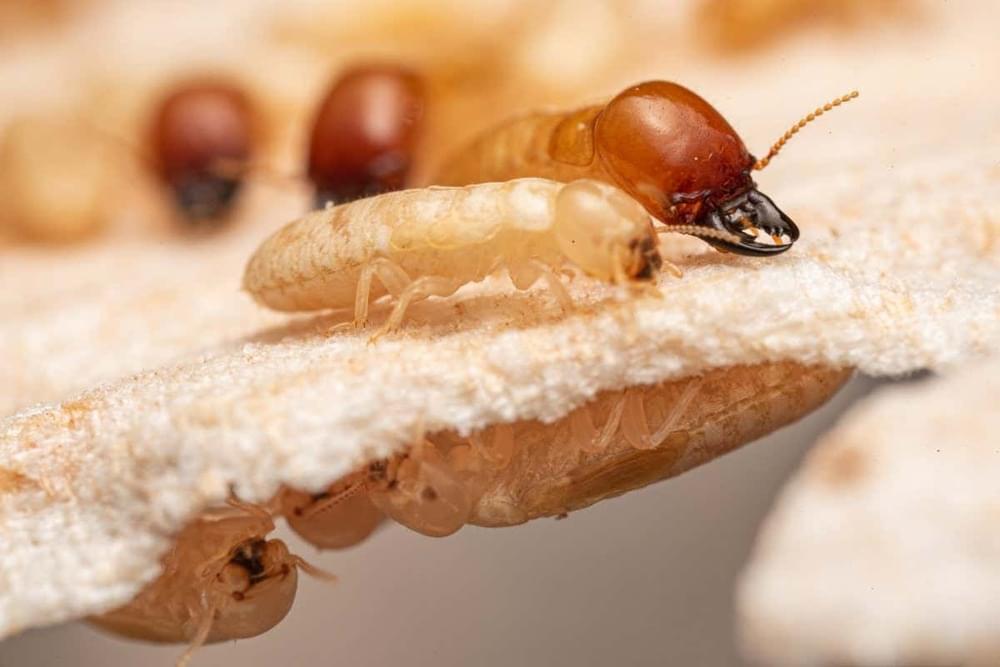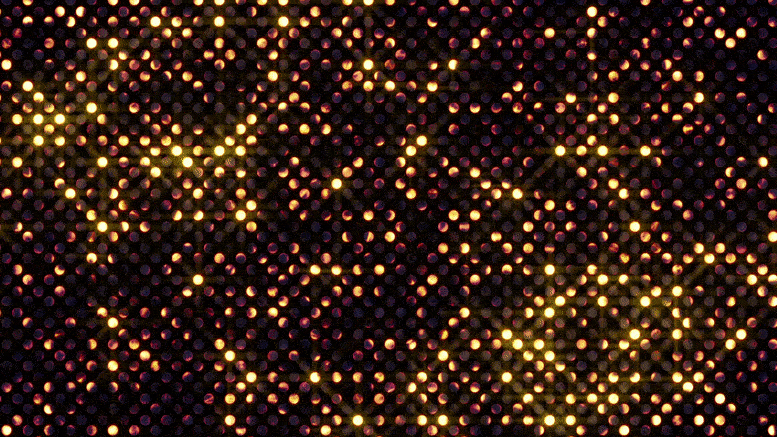Observer, backup youthful copy, playing the right piano notes, quantum states oh my.
Dr David Sinclair explain about through his lab experiments, why he thinks there is an observer/backup copy for our youthfulness and what are the possible identities he can think of in this clip.
David Sinclair is a professor in the Department of Genetics and co-director of the Paul F. Glenn Center for the Biology of Aging at Harvard Medical School, where he and his colleagues study sirtuins—protein-modifying enzymes that respond to changing NAD+ levels and to caloric restriction—as well as chromatin, energy metabolism, mitochondria, learning and memory, neurodegeneration, cancer, and cellular reprogramming.
Dr David Sinclair has suggested that aging is a disease—and that we may soon have the tools to put it into remission—and he has called for greater international attention to the social, economic and political and benefits of a world in which billions of people can live much longer and much healthier lives.
Dr David Sinclair is the co-founder of several biotechnology companies (Life Biosciences, Sirtris, Genocea, Cohbar, MetroBiotech, ArcBio, Liberty Biosecurity) and is on the boards of several others.


